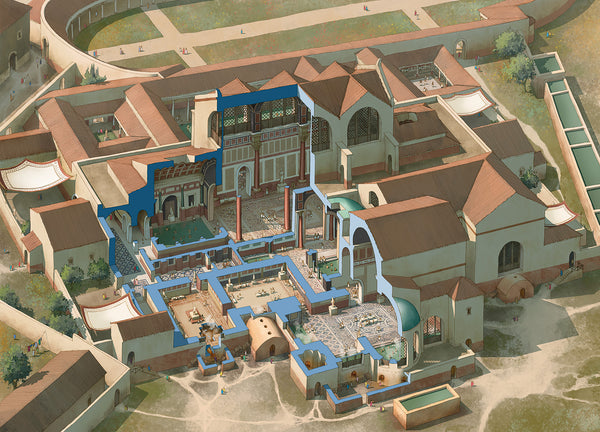The Origins of Rapid Fire (part 2)
In this blog, I'm looking at the similarities between Rapid Fire (RF) and an earlier rule set called Modern War Games (MWG). I'd heard rumours but I plan to give an objective look at the similarities and the differences in these two rules sets.

It is inevitable that games will be influenced by previous ones. That's how gaming as a whole evolves. Featherstone talked about 'saving throws' in one of his early WW2 games (where did that idea get to?). The author of Frostgrave openly acknowledges his use of a D20 was inspired by earlier role playing games. Indeed, in the beginning of Osprey Black Ops, I acknowledged my debt to Muskets and Tomahawks and the TooFat Lardies rules sets.

Small Arms Table in MWG
Let's start with the similarities. Both sides use alternative turns, with the option of reserving fire (called Challenging Fire in MWG, but is less effective, with a -1 effect). The infantry effect table is very similar, although RF removes the concept of wounded and treats them as casualties. Some things (such as grenades) are virtually unchanged in the two systems (changing the numbers around doesn't count!).

Anti-tank table in MWG. Would need some modification for use in RF.
The system of tank combat is much simplified in RF and I find myself preferring the 'to hit' mechanism there but I really like the MWG way of resolving damage a lot. No more pesky T26's swarming the Germans and getting away with light damage! (see my previous blog). Again, hats off to RF for 'keeping it simple' and incorporating AFV damage to infantry and soft-skins into the small arms table.

Artillery 'Spider' for MWG
Artillery is handled quite differently, the RF version is a lot simplified and (again) cleverly incorporated into the existing small arms table. While I feel the MWG tables may be more accurate, RF is nice and random, combining mortar, 'on table' and 'off table' artillery into one template requiring a D10.

Artillery table for MWG
To sum up, while RF has some similarities to MWG, I see it as a clear successor rather than a plain copy as some have claimed. RF simplifies much for the sake of playability, something I approve of. In addition, the two things which RF introduces is a comprehensive morale system and an equally comprehensive series of army lists (with the excellent RF army books).
Overall, while Modern War Games is clearly (in my opinion) a great influence, Rapid Fire does stand alone as a great rule set.

